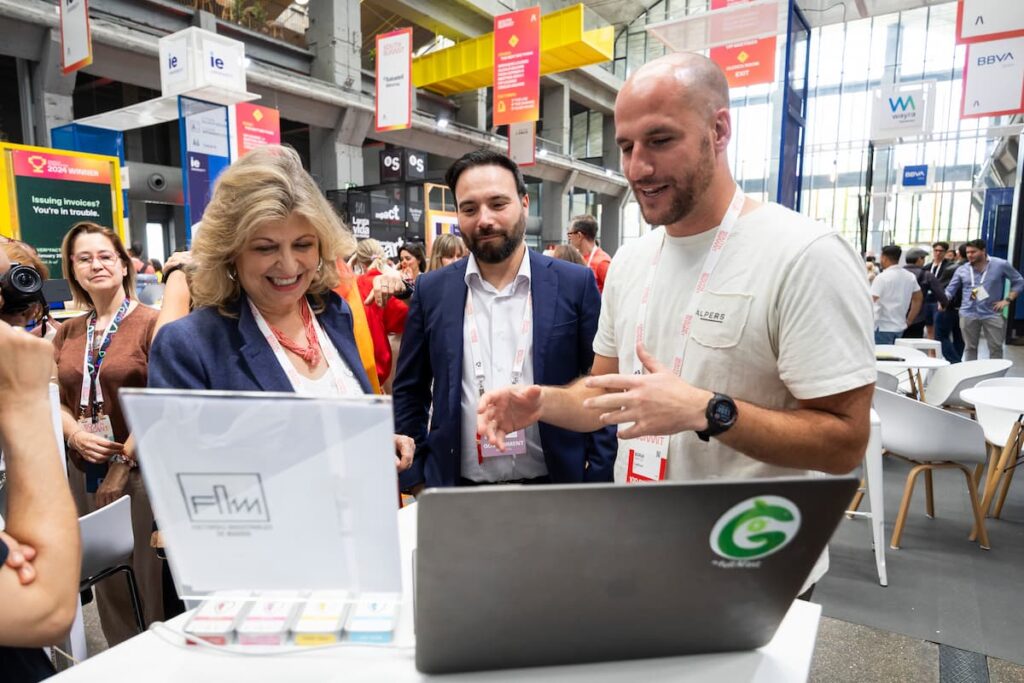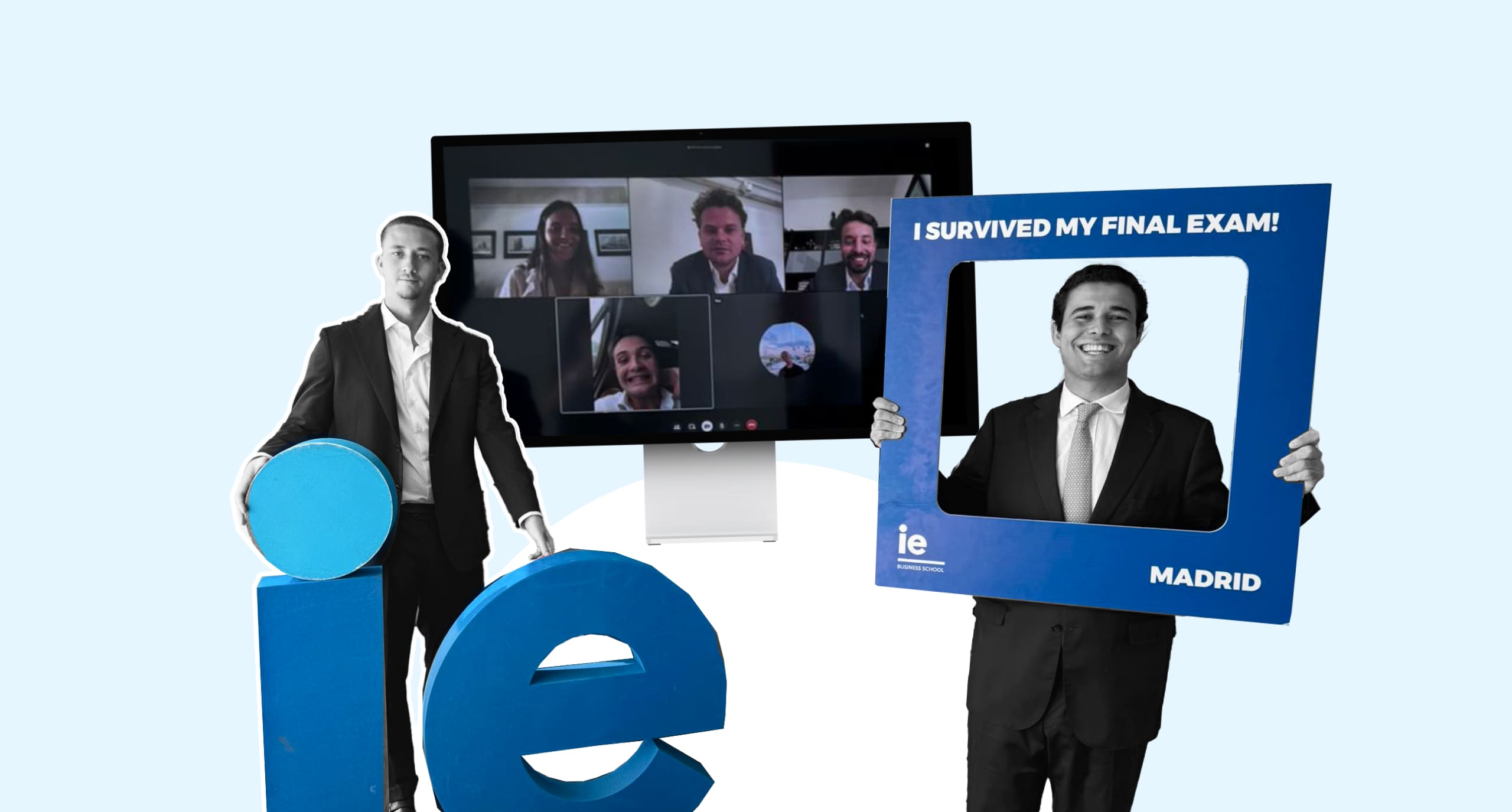We love entrepreneurs. We love those who see opportunity where others see uncertainty. Of course, starting a new company is seldom simple, and you want to make sure you’re undertaking any new ventures at home and abroad with the blessing of your family and loved ones.
That’s why we’ve set up this easy-to-read guide to walk you through what a business venture really means, how it differs from the “startup myth”, and concrete steps to ensure your venture lasts. We’ll also explore practical routes to raise capital, form partnerships and scale wisely—especially if you’re competing for contracts or dealing with regulation.
You don’t need to ask permission to be ambitious. But you do need structure and strategy to grow. So, without any further ado: Let’s get into it.
What is a business venture?
Let’s find a business venture definition that can lay the foundation for our understanding: A business venture is a new enterprise launched to meet a market need. At its heart, it involves risk in exchange for potential reward. While many entrepreneurs start their business ventures informally, they do evolve into structured organizations that we can concretely call businesses. The venture is the seed as it germinates.
What sets ventures apart is their entrepreneurial nature. They require vision, resilience and a plan that outlines how to generate revenue. And that plan will cover essentials like funding, marketing and operations. Ventures can be solo efforts or partnerships, with founders sometimes bringing in employees to share the work and risk. Their purpose is always clear: To meet a demand or deliver a solution that customers are willing to pay for.
Because ventures can exist in any industry—whether healthcare, technology, retail or education—the common thread is finding a market gap and offering something of value. Success depends on pricing effectively, balancing costs and keeping customers satisfied.
What are some examples of business ventures?

The fact is, high-profile business venture examples don’t really exist. Because by the time you hear about it, it’s already evolved into something much more consolidated. But you can take heart in knowing that Apple, Amazon, Microsoft and Google all started off as small ventures. Here are three core areas to consider.
1. Freelance skills
Most ventures begin by monetizing personal skills. A freelance graphic designer might build websites for local businesses, while a photographer could specialize in weddings or events. Freelance writers often find clients across industries, from fashion to healthcare.
2. MVPs
Product-based ventures are another path. Online consignment shops resell clothing through platforms like eBay, while vending machine businesses or mobile app agencies generate income by serving everyday needs. These models show how quickly ventures can scale once they find the right audience.
3. Service ventures
Event planners manage weddings or corporate retreats, while packing services help families relocate. Even small-scale ideas like car detailing can grow into reliable income streams when paired with quality service and word-of-mouth marketing.
How do you start a business venture?
1. Research your market.
Start by validating demand for your idea. Market research helps you understand your audience, spot competitors and identify what makes your product or service different.
2. Build a business plan.
Your plan is the roadmap for your venture. Outline your goals, operations, and funding needs. A solid plan not only guides your decisions but also convinces potential investors that your idea is viable.
3. Handle financial and legal setup.
Estimate your startup costs, choose the right business structure, and register your company. Don’t forget necessary licenses or permits, and make sure your business name and location—physical or online—support your brand.
4. Organize your operations.
Open a dedicated business bank account to keep finances clear and professional. Prepare accounting systems, contracts, and vendor relationships early to avoid bottlenecks later.
5. Build your visibility.
Start marketing before launch to create awareness. Use social media, email outreach, and community engagement to attract your first customers.
6. Refine and adapt after launch.
From day one, success depends on learning fast. Refine your strategy, strengthen customer relationships and manage your resources with discipline.
How do you raise money for a business venture?

It’s difficult. Most founders begin with what they already have—personal savings, credit or borrowings from friends and family. Bootstrapping forces discipline. You reinvest profits, stay lean and build traction before asking anyone else to believe in your idea. But, after the concepts been validated, you can look to crowdfunding platforms and pre-sales to build capital and a community. Incubators, accelerators and competitions are also great ways to get visibility and small injections of seed funding.
Remember that traditional finance still plays a critical role. Many entrepreneurs secure loans, grants or strategic partnerships to expand without losing control. Across global markets—from Europe to Latin America to Asia—public innovation funds and development programs now bridge early-stage gaps that private capital alone can’t fill. The smartest ventures mix funding sources to match their growth stage and ambitions, keeping flexibility while fueling momentum.
You may have heard of something called “VC”. But what is venture capital, and how can venture capitalists help a business? Well, VC is private equity funding for businesses with high growth potential. Unlike loans, VC comes in exchange for equity and is often structured in funding rounds like Series A, B or C. Venture capitalists provide more than money. They bring industry expertise, mentorship, and valuable networks of partners and advisors. This backing can accelerate growth, attract new investment, and strengthen a company’s credibility. History shows the impact of VC: Apple, Google and Facebook all scaled thanks to early investments. While founders trade equity and some control, VC can provide the strategic and financial support needed to expand into new markets and compete globally.
What is the difference between a business venture and a startup?
There’s a nuanced difference when comparing a business venture compared to a startup. The first could be any minor enterprise, from a local bakery to a consulting agency. A startup, by contrast, is designed for rapid scalability, often using technology to grow far beyond its initial base. Both share the entrepreneurial DNA of risk, innovation and execution—but their tempo and intent differ. Ventures focus on steady, sustainable growth through proven business models, while startups chase speed, scale, and disruption. Where a venture builds stability, a startup thrives on experimentation, pivoting fast in search of product–market fit.
Funding highlights that divide. Most ventures rely on personal savings, loans, or grants to get off the ground, prioritizing control and longevity. Startups, on the other hand, are built for fundraising rounds—trading equity for capital, mentorship, and momentum. Their goals diverge too: a business venture might be designed to last, passed down, or expanded across generations, while startups often aim for high-value exits through acquisitions or IPOs once they’ve proven their concept and scale.
And to add to our set of definitions, what is a small-business joint venture?

A small business joint venture is a formal agreement between two or more companies to work together on a project or contract. The benefits include shared resources, reduced costs, and combined expertise—allowing smaller firms to compete for opportunities they couldn’t access alone. Done right, these partnerships open doors to growth and experience that would otherwise be out of reach, showing that collaboration can be as powerful a growth strategy as disruption.
What are the characteristics of a successful business venture?
Successful ventures rarely happen by accident. They’re built on strong foundations—clear ownership structures, simple processes, and systems that make compliance effortless. When entrepreneurs get the fundamentals right, they free up their energy for what really matters: Growth. The most successful founders aren’t bogged down by bureaucracy; they design their business to move fast, scale smart, and stay adaptable in changing markets.
But structure alone isn’t enough. Connections and context turn good ideas into thriving enterprises. Entrepreneurs who know how to build partnerships—with governments, banks, and private networks—gain access to financing, insights, and the kind of collaboration that fuels long-term growth. Add to that a culture of continuous learning and knowledge-sharing, and you have the resilience that separates temporary ventures from enduring ones. After all, the best founders don’t just build products—they build ecosystems.
That’s why successful business ventures often share one defining feature: smart operators with real business acumen. People who can read a market, make bold but calculated decisions, and lead teams through uncertainty. And that’s exactly what the International MBA at IE Business School is designed to develop. This program transforms ambitious professionals into agile, strategic thinkers—people ready to turn ideas into action and businesses into movements. Because in the end, a strong venture starts with a stronger mind.
Steps to starting the International MBA
You’ve read this far for a reason—you’re ready for change. While a leap abroad to study in Europe may propose potential culture shocks, we can assure you that our programs in Madrid are built for students from all types of backgrounds—in a safe city. Whether you want to pivot industries, scale your impact, or broaden your horizons in secure surroundings, we can help you take your next step. And getting started couldn’t be simpler.
Here’s how to move your application forward, step by step:
1. Start your application → Apply now
Fill out your online form, upload your résumé, transcripts, and personal statement (written, video, or presentation). Once you’ve completed at least 25% of your application and paid the fee, you’re officially on your way. Remember, we work on a rolling applications basis, so there are no hard deadlines. But you want to start a few months before your desired intake in September or January.
2. Take your admissions test → Explore test options
Choose between the ieGAT, GMAT, or GRE—whichever best reflects your strengths. Prepare using available resources and reach out to our admissions team for guidance if needed.
3. Complete your online assessment → Learn how it works
Show us who you are. You’ll record short video and written answers designed to highlight your communication skills, critical thinking, and personality. Practice rounds are available so you can feel confident going in.
4. Attend your personal interview → Find out more
If shortlisted, you’ll meet one-on-one with an Admissions Manager—online or in Madrid—to talk about your goals, experience, and fit for IE. You’ll receive your admission decision within two weeks.
Gain the skill set to start a business venture
Bet on long-term success with the International MBA at IE Business School.

Benjamin is the editor of Uncover IE. His writing is featured in the LAMDA Verse and Prose Anthology Vol. 19, The Primer and Moonflake Press. Benjamin provided translation for “FalseStuff: La Muerte de las Musas”, winner of Best Theatre Show at the Max Awards 2024.
Benjamin was shortlisted for the Bristol Old Vic Open Sessions 2016 and the Alpine Fellowship Writing Prize 2023.






